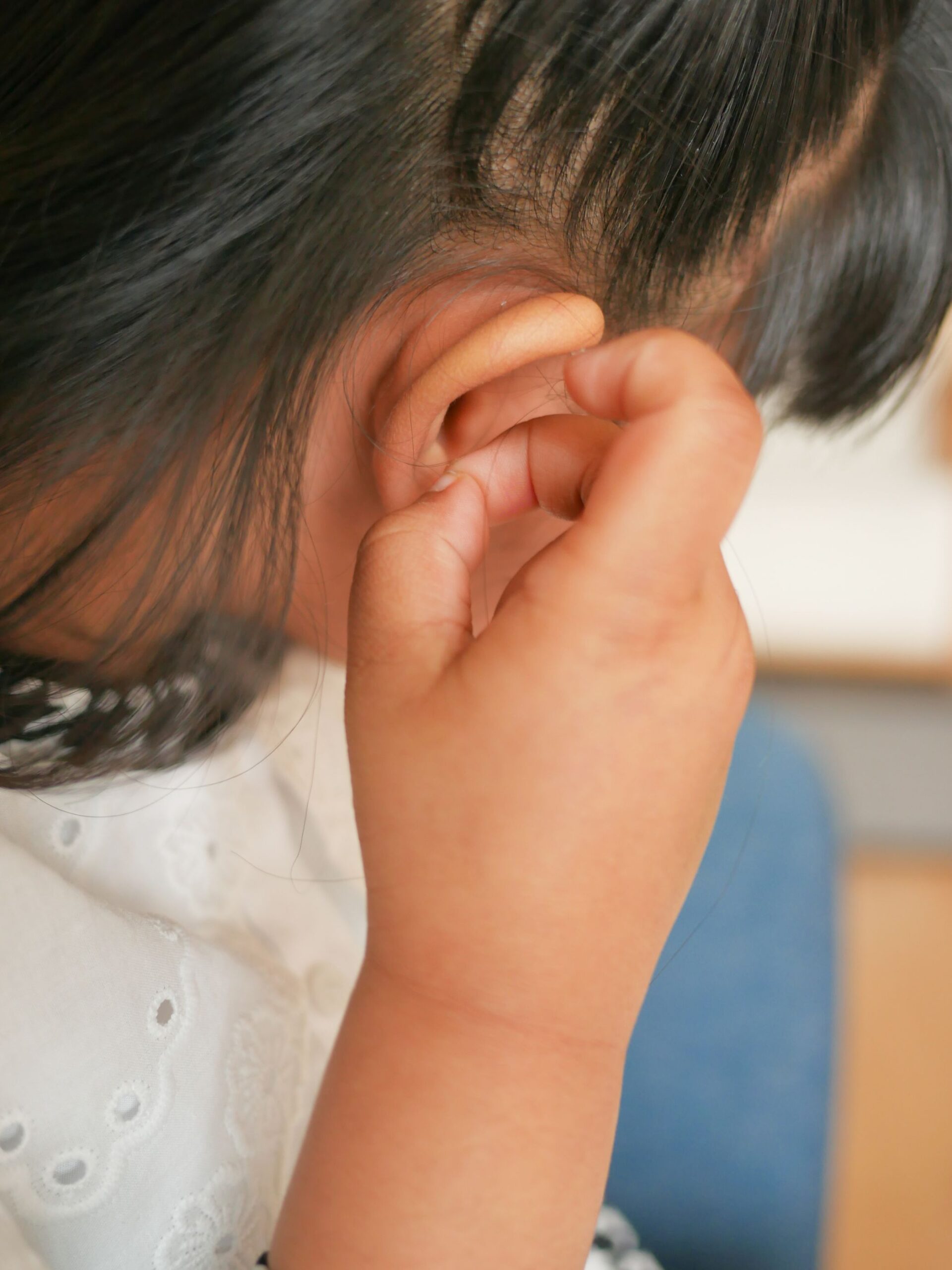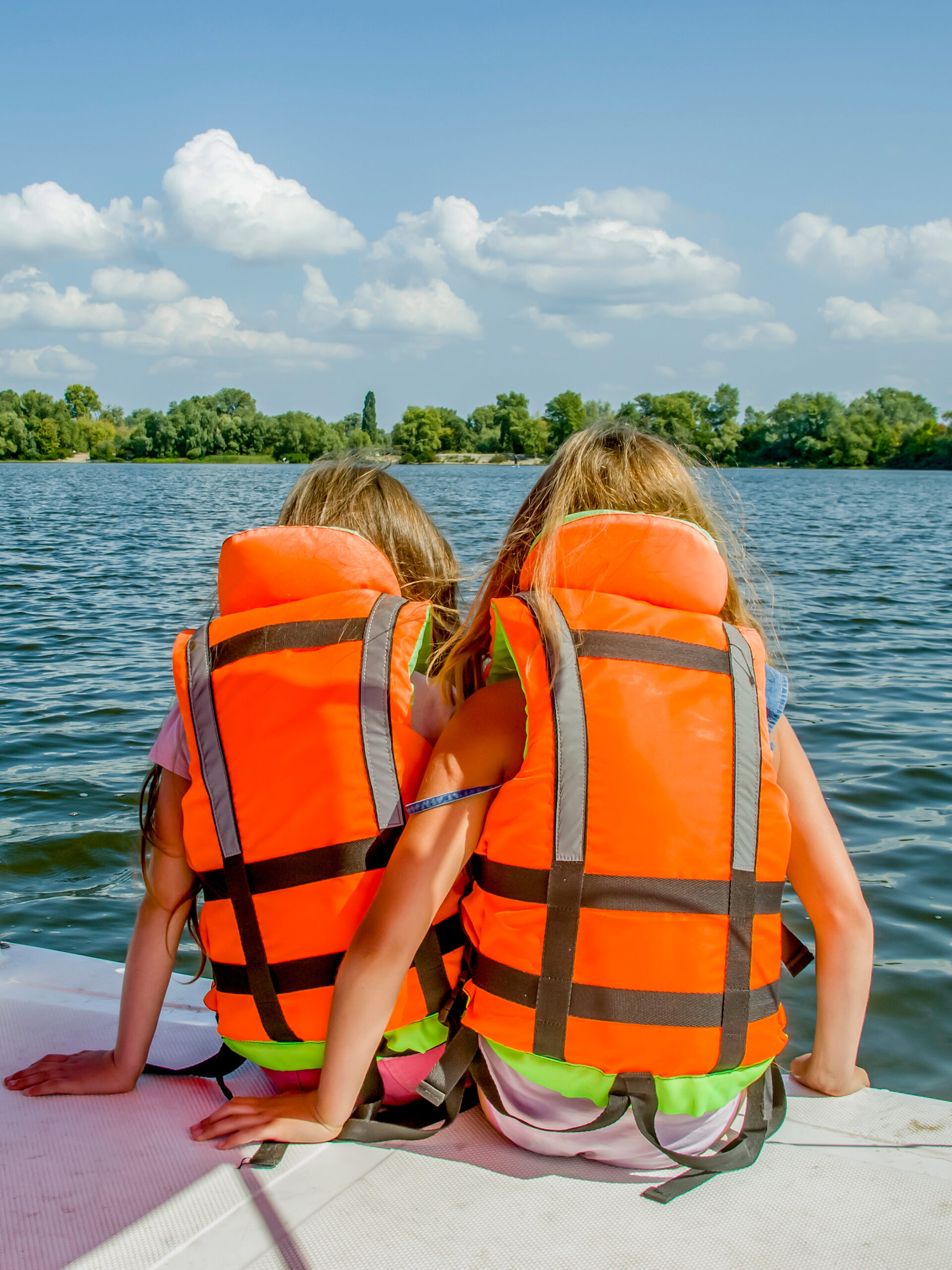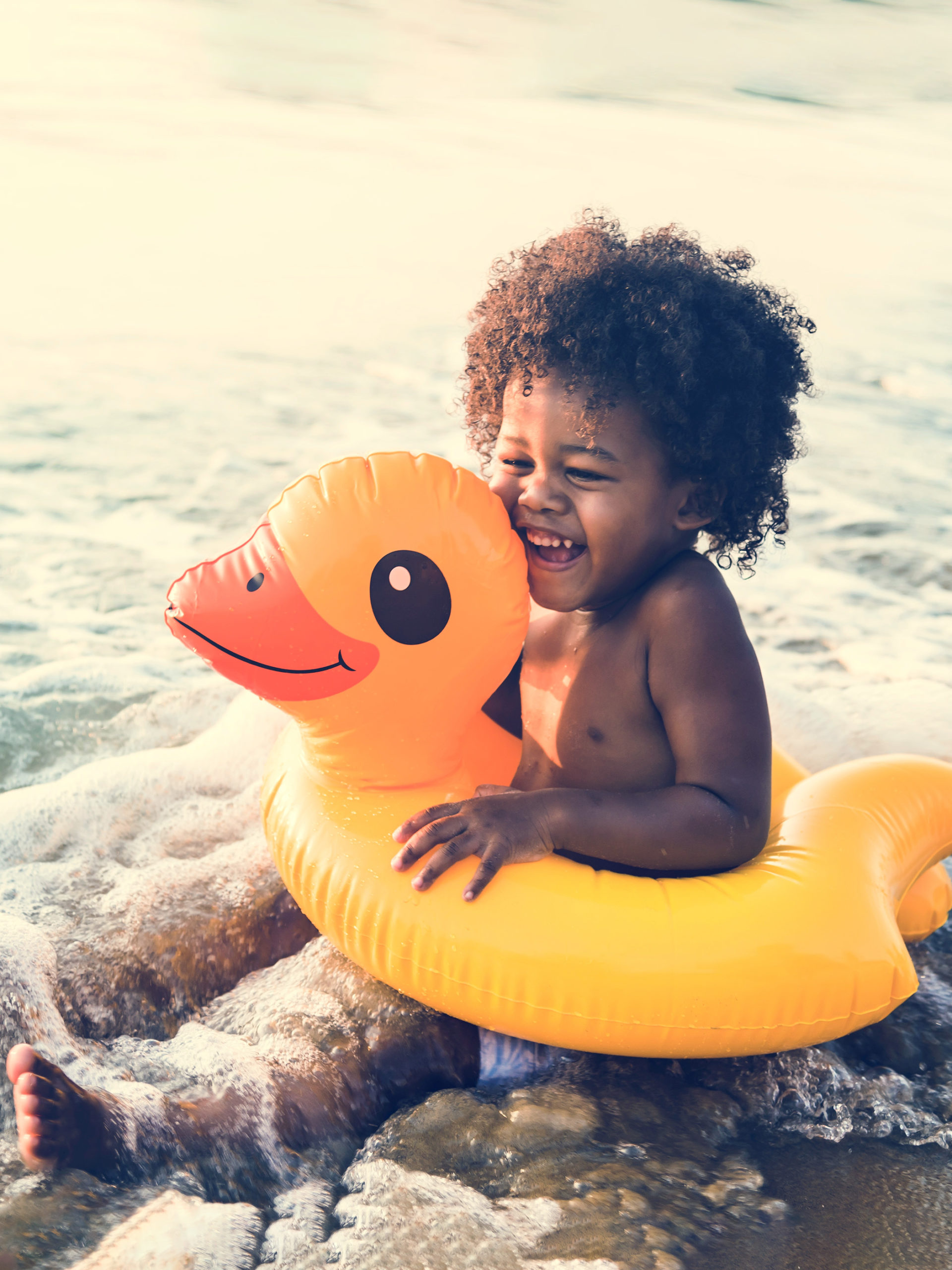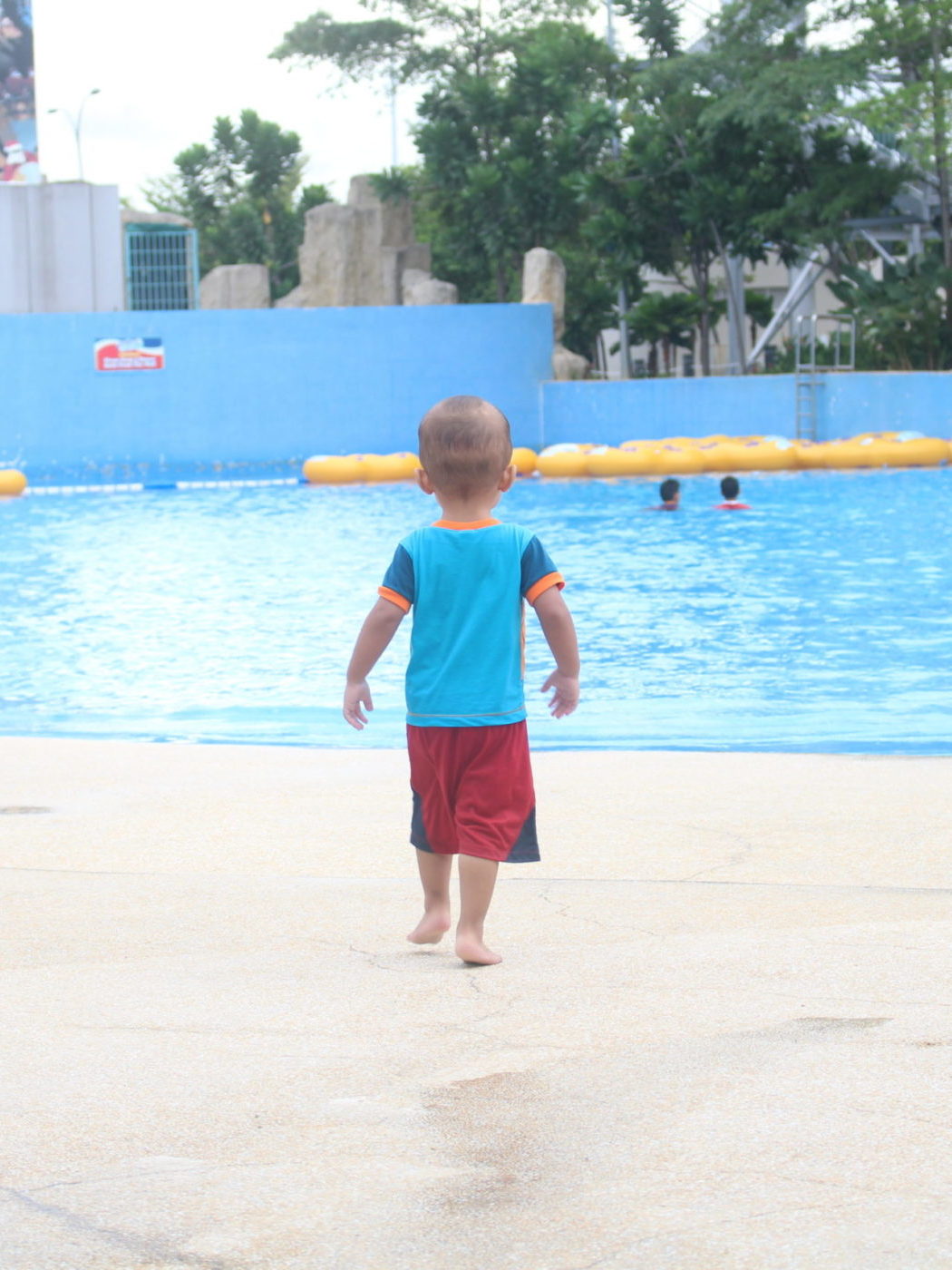SAFETY GUIDE
Water Safety and Drowning Prevention
Drowning is the second-leading cause of unintentional injury-related death in children ages 1 to 14. It takes only seconds to drown. Although most incidents of drowning in Orange County occur in backyard swimming pools, children can drown in just one inch of water. They can drown in buckets, bathtubs, wading pools, diaper pails, toilets, hot tubs and spas. Open water such as oceans, rivers and lakes pose a drowning threat to people of all ages.
Safety Programs and Partners
Safe Kids Orange County
www.safekids.org
OC Injury Prevention Coalition
OC Drowning Prevention Task Force
drowningprevention.org
Stop the Bleed
stopthebleed.org
CHOC Community Education
CHOC’s community education department is comprised of qualified educators whose primary focus is on childhood health and injury prevention.
CHOC Community Education offers “Three Tragic Seconds,” a pool safety class for parents and caregivers. To schedule a presentation, please call CHOC Community Education at (714) 509-8887.
Water Safety Overview
Water safety is essential for children’s well-being, as drowning is the second-leading cause of unintentional injury-related death in children ages 1 to 14. Teaching kids about water safety from an early age helps them understand risks and develops skills that keep them safe in and around water.
With proper supervision, education and safety measures, we can prevent accidents and ensure children enjoy water environments with confidence and care.
How to stay safe around water
- Remind your children and teens about the importance of swimming in a pool or at the beach with an on-duty lifeguard who is adequately trained in CPR.
- CPR training for all teenagers and caregivers is important in the event of an emergency. Locations for training include hospitals, The Red Cross, YMCA, YWCA
- Avoid running around the wet edges of pools to avoid falls with severe head injuries.
- Drink plenty of fluids because people often do not realize how much they are sweating, even when temperatures have dipped after summer months. On a typical day, kids should drink the number of 8 oz. cups of water equal to their age. For example, a five-year-old should drink five 8-oz. glasses of water every day.
- Consistently reapply sunscreen since the sand and ocean can act to concentrate the rays of the sun. Everyone should wear sunscreen whenever they’re outdoors, all year long.
- Always have access to a phone with cell reception to dial 9-1-1 in the event of an emergency.
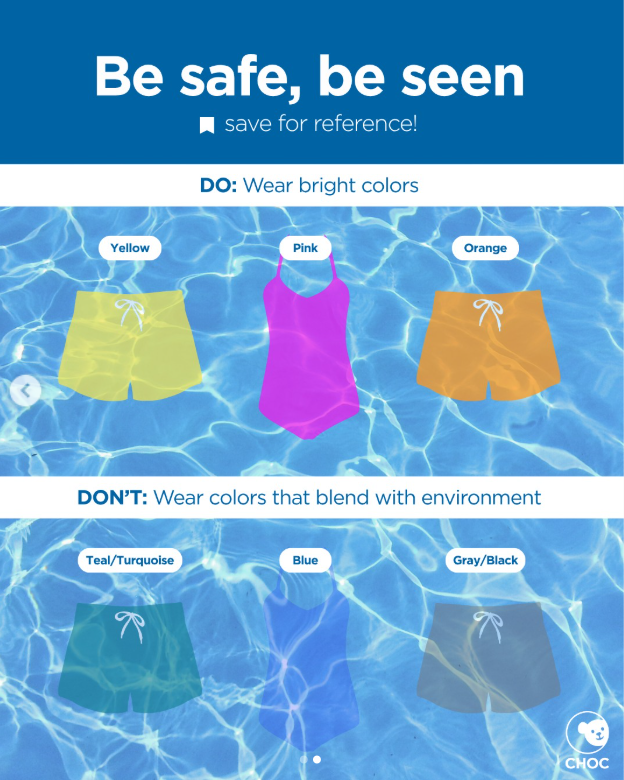
Pool and Spa Dangers
Nothing replaces constant supervision. However, layers of protection like fences, door and window alarms, and pool covers will buy you precious seconds if you are momentarily distracted. Here are other important things to know about pool and spa safety:
- Stay away from the drain — Hair and body parts may become entrapped by the drain’s powerful suction. If you have a pool or spa, have it checked by a professional. A professionally installed “anti-vortex” drain cover may help minimize the risk.
- Never swim alone — This goes for grownups, too.
- Invite a “Water Watcher” to all pool parties — Designate one adult to watch the water at all times. Ask another to watch the children. It’s simple, and it can avert a tragedy.
Open Water Safety
Never swim alone in the ocean! Even good swimmers need buddies.
- Know your swimming ability, and do not try to swim in deep water (where your feet cannot touch the ground) if it is unsafe for you to do so.
- Pay attention to warning signs in the area. Only swim in designated swim areas.
- Stick to beaches with an on-duty lifeguard
- Avoid diving into water in which the depth is unknown or if any potential objects (i.e., rocks, debris) may cause injury.
- Avoid swimming near fast-moving waters, especially rip tides. If trapped in a rip tide, swim parallel to the shore until you have escaped, adjust your course, and safely swim to shore.
Boating Safety
- Be mindful of other drivers who may be under the influence of alcohol or other substances.
- Always obey local boating laws
- Review the boating safety manual in the event of a capsizing
- Always have a cell phone in case of emergencies
- Be aware of the direction of land; we recommend always having land within vision.
- Always have access to life preservers on the vessel in the event of an emergency
- Always let someone know where you intend to go in an emergency, so an efficient search and rescue can be initiated.
Download your copy of CHOC’s guide to drowning prevention.
Sign up for news and updates from CHOC’s pediatrics experts and receive CHOC’s drowning prevention guide. This important guide has tips on how to keep your kids safe in and around the water.
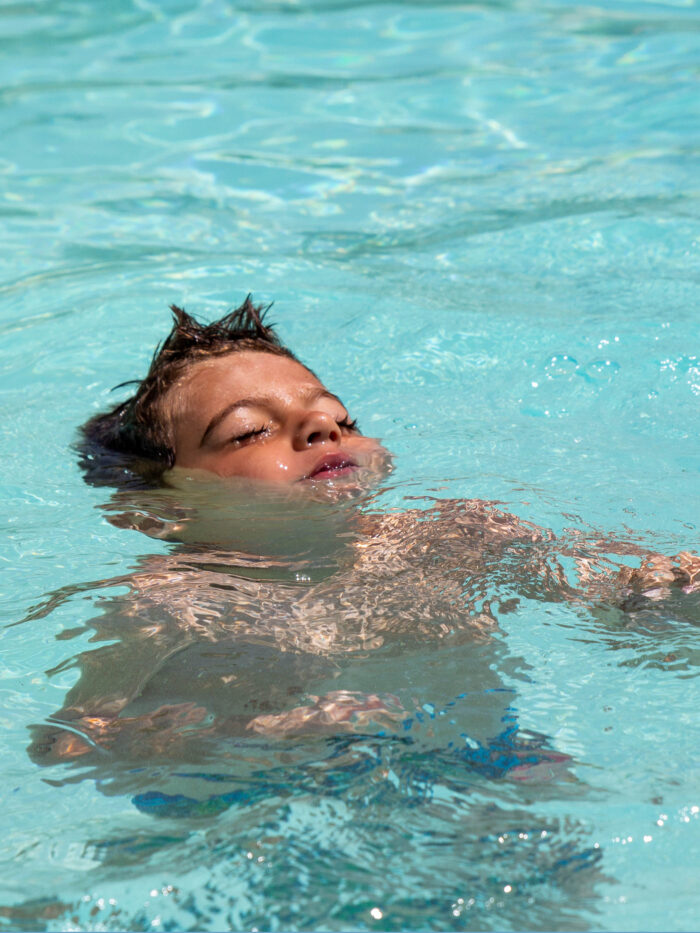
7 Silent Signs of Drowning
Do you know what drowning looks like? There is no splashing, screaming or raised arm. It’s quick and silent. Drowning doesn’t mean flailing arms and calling for help. There is no splashing, screaming or raised arm.
It’s quick and silent. Those watching swimmers often don’t know what to look for – because drowning doesn’t look like drowning. Knowing these silent signs can mean the difference between life and death.
- A drowning person can’t call for help. A drowning person has to be able to breathe before being able to speak. When someone is drowning, the mouth sinks below and reappears above the surface of the water. There isn’t time to exhale, inhale and call out.
- A drowning person can’t wave for help either. A drowning person instinctively extends their arms to the sides and presses down to lift their mouth out of the water; a child may extend their arms forward. They also can’t use their arms to move toward a rescuer or reach for rescue equipment.
- They remain upright in the water, with no evidence of kicking. A drowning person can struggle for only 20 to 60 seconds before going under.
- Their head may be hard to see. It may be may be low in the water with mouth at water level, or tilted back with mouth open. A child’s head may fall forward. Their hair may be over forehead or eyes.
- A drowning person may look like they are treading water with their arms in an attempt to lift their mouths out of the water. Their head will barely be above water or bobbing up and down.
- They are quiet. Children playing in the water make noise. When they get quiet, you need to get to them and find out why.
- A drowning person doesn’t seem in distress. Sometimes the most important indicator that someone is drowning is that they don’t look like they’re drowning. They may just seem to be looking up at the sky, shore, pool deck, or dock. If you see these signs, ask “Are you all right?” If they return a blank stare, you have less than 30 seconds to get to them.

Water Safety Printable Tip Sheets
Print these tip sheets for quick and easy reference. Brought to you by the pediatric experts at CHOC.

Water Safety

La seguridad en el agua
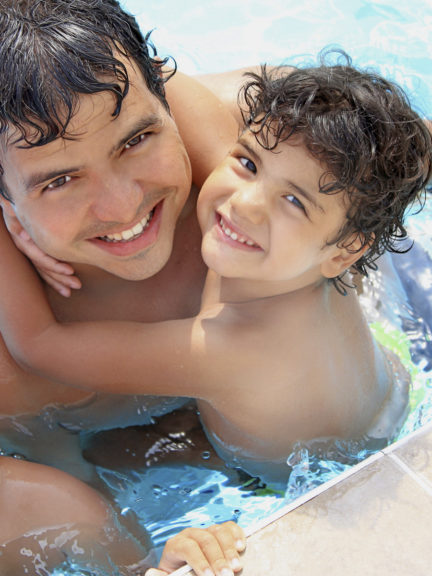
Drowning prevention tips for parents and caregivers
Do you know what drowning looks like? There is no splashing, screaming or raised arm. It’s quick and silent. Drowning doesn’t mean flailing arms and calling for help. There is no splashing, screaming or raised arm.
Learn CPR
When it comes to drowning, every second counts. Cardiopulmonary resuscitation (CPR) performed by a bystander has been shown to save lives and improve outcomes in near-drowning victims. The more quickly CPR is started, the better the chance that the victim will have a reduced injury and a better outcome.
Assign a water watcher
Children need supervision at all times near the water, even if a lifeguard is on duty. Designate an adult who knows how to swim and how to perform CPR as a “water watcher.” Accidents often happen during a lapse in supervision rather than a total lack of supervision, says Amy Frias, CHOC community educator.
CHOC offers water watcher lanyards that can be worn by the assigned adult. If your water watcher leaves the water area, even for a short time, have them first pass along the water watcher lanyard and duties to another responsible adult. To request a lanyard, contact the community education department.
Establish multiple layers of protection
Kids can get into things quickly, even if an adult is distracted for just a few seconds. Fences, gates, alarms and covers for your pool and spa are just a few ways that you can reinforce your home as a safe environment.
Fences should be at least 60 inches high, surround all four sides of the pool or spa, and have self-closing or self-latching gates.
For larger inflatable pools, use covers and keep doors leading out to the pool area locked.
Be aware of beach hazards
Watch for rip current and weather condition signs at the beach. Swimming in the ocean should only be allowed when there is a lifeguard on duty. Never swim alone — even good swimmers need buddies.
Remember that there’s no such thing as drown-proof
Don’t give your child a pass on safety protocols even if he has had swimming lessons and is an experienced swimmer.
A child can drown in as little as 2 inches of water. Keep an eye on all bodies of water, such as bathtubs, toilets, buckets, ice chests and dog dishes. Empty inflatable pools after use and store pool upside down.
Even if you’re fully grown, never swim alone.
Learn more about CHOC’s Pediatric Trauma Center
A traumatic injury can happen at any time: a car accident, a fall, an animal bite. CHOC is ready to treat traumatic injuries 24 hours a day. Critically injured children from across the region are transported and transferred to CHOC for the pediatric expertise only a level 1 pediatric trauma center can provide.
Water Safety and Drowning Prevention Resources
Safety guides
- Bike and helmet safety guide
- Car and travel safety
- Sun safety and skin protection guide
- Home and window safety guide
- Water safety and drowning prevention
Additional Resources
Safety Education Classes
CHOC’s community education department offers a variety of classes and programs designed to keep you and your child safe and healthy, including:
- School programs that can be brought to your school or group at no cost
- Safe Sitter, a nationally accredited childcare course
- “Three Tragic Seconds” drowning prevention program
- Child passenger safety class
The guidance on this page has been clinically reviewed by CHOC pediatric experts.
For more health and wellness resources from the pediatric experts at CHOC:
Sign up for the Kids Health newsletter.
The contents of this webpage, including text, graphics, audio files, and videos (“Materials”), are for your general information only. The Materials are not intended to substitute qualified professional or medical advice, diagnoses, or treatments. CHOC does not recommend or endorse any specific tests, physicians, products, procedures, or other information that may be mentioned on or linked to this webpage. Always call your physician or another qualified health provider if you have any questions or problems. If you think you may have a medical emergency, call your doctor, go to the nearest emergency department, or call 911.
For more health information for your family visit health.choc.org


